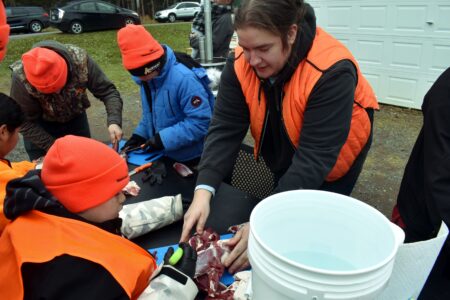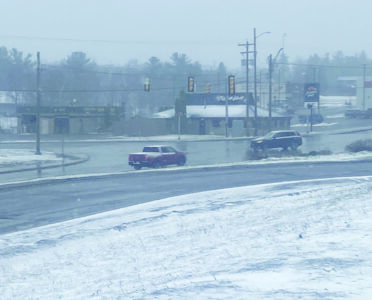Children Suffer too.
Mental Health Awareness Month

Young Desperate Girl Holding Sigh Help
HANCOCK — Children and young people in this country are experiencing an unprecedented mental health crisis, states the Substance Abuse and Mental Health Services Administration (SAMHSA). There has been a continued rise in the number diagnosed with anxiety, depression and other mental health conditions.
Often unseen and untreated, child and adolescent mental health challenges can significantly impact the ability to learn and develop, SAMHSA says.
One in five children has a diagnosable mental, emotional, or behavioral disorder, yet many of them do not receive the help they need. Research found us that there is a robust link between students’ mental health and their academic success.
And while it is an uncomfortable topic, some problems experienced by youth can originate in the home, from what are referred to as ACEs.
Adverse Childhood Experiences (ACEs) are potentially traumatic events that occur in childhood, the CDC reports. ACEs can include violence, abuse, and growing up in a family with mental health or substance use problems.
Five key characteristics of ACEs include:
• Abuse (physical, emotional, or sexual);
• Neglect (physical or emotional):
• Household dysfunction;
• Living with a parent or caregiver with a mental illness or substance abuse problem;
• Discrimination
The Western Upper Peninsula Health Dept. (WUPHD) says childhood experiences, both positive and negative, have a tremendous impact on lifelong health and opportunity. Learning to cope with and manage adversity in a supportive environment is an important part of childhood development. However, if a child experiences adversity, trauma, and conflict over a prolonged period of time, stress levels may become toxic and affect cognitive and emotional development.
According to the Journal of the American Medical Association (JAMA), studies have consistently reported associations between ACEs and an increased risk of psychiatric disorders in adulthood, such as post traumatic stress disorder (PTSD), depression, anxiety and substance abuse.
The CDC says ACEs are common. About 64% of adults in the United States reported they had experienced at least one type of ACE before age 18. Nearly one in six (17.3%) adults reported they had experienced four or more types of ACEs. Three in four high school students reported experiencing one or more ACEs, and one in five experienced four or more ACEs. ACEs that were most common among high school students were emotional abuse, physical abuse, and living in a household affected by poor mental health or substance abuse.
Preventing adverse childhood experiences requires understanding and addressing the factors that put people at risk for or protect them from violence, the CDC says. Creating safe, stable, nurturing relationships and environments for all children prevent ACEs and help all children reach their full potential.
Gail Ploe, certified alcohol and drug councior (CADC) and project director of Healthy Connections with the WUPHD, agrees.
“Prevention begins at home with parents, and the best thing we can do for children is to help parents deal with life.”
Ploe said there is no replacement for a healthy parent in a child’s life.
“So, if mom and dad are struggling with their own mental health issues like depression or anxiety, or substance use disorder,” Ploe said, “they cannot provide the highest quality care, no matter how much they love their children.”
Parents need to be supported, said Ploe, so they are as strong as they can be, because the best parents are the healthiest parents.
“The way we create healthy environments for children, she said, “is to help the parents deal with whatever issue they have facing them.”




